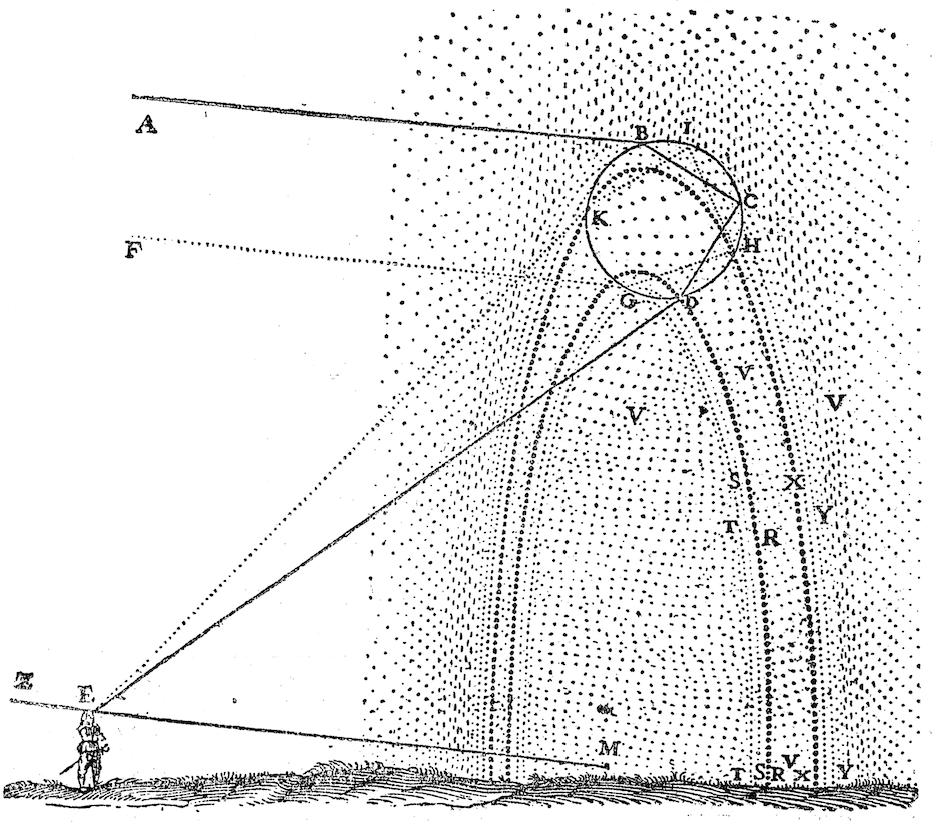|
In conjunction with the solo exhibition From a Defoliated Monograph by Jeffrey Stuker, Stuker and Jan Tumlir will read from their "Mimicry ABC", a glossary of terms developed around aesthetic phenomena that have emerged from technologies of simulation and their natural-historical analogues.
The developments in technology and society in the aftermath of the Second World War have brought with them fundamental shifts in how we represent ourselves, and how we are made by representations. This transformation is not merely technical, and not only aesthetic, in character: it has epistemological consequences. For the very substance of representation, the world of images that constitute us prior-to and outside-of our intentions, has changed. Technical images no longer mechanically reproduce the nature of the world, but invent it, design it, and otherwise instantiate it.
In this way our experiences of the representational orders and the nexus of technical modes of imaging in which our intimate and public lives are caught up has more in common with the “presentification of the invisible” experienced by the ancient world, as J.P. Vernant once famously described the representational orders in Ancient Greece. Mimesis and mimicry, the invention and transformation of the sensible world through images, therefore have begun to take over for the claims of purely rational reproductions of reality that dominated the sciences, law, and above all the visual arts.
Mimicry, as Walter Benjamin asserts, is at the basis of all human learning. Today, of course, we can add that it is also at the basis of non-human learning. To evoke a paranoid scenario, this is basically how our cellphones are learning to take our place in the world. And vice-versa, technological mimicry of human behaviors alerts us to a machinic element that was always already at work within us. Mimesis and mimicry provide the first terms of apprehending the aforementioned qualities of the contemporary world, but this glossary works through their attendant phenomena, such as simulation, artifice, camouflage, passing, misinformation, interface, and acting. Through mimicry and its attendant phenomena we will create an extended field of critical and aesthetic discovery that allows for diagonal connections where presently only straight lines and evolutions dominate.
-
Jeffrey Stuker (b. 1979; Fort Collins, CO, USA) lives and works in Los Angeles, CA, USA. Stuker received his MFA from Yale University, New Haven in 2005. Previous and forthcoming exhibitions include Pacific Standard Time at the Getty Museum/University of California, San Diego, CA (2024); Atavism for the Future at Ehrlich Steinberg, Los Angeles, CA (2023); Next Year in Monte Carlo at Ben Hunter, London, UK; Solid Projections at Larder, Los Angeles, CA (2023); Objects of Desire at Los Angeles County Museum of Art, Los Angeles, CA (2022); The International Biennial of Contemporary Photography at MOMuS, Thessaloniki Greece (2021) and Made in L.A. at the Hammer Museum, Los Angeles, CA (2020). Most recently, works from Stuker’s installation at the Hammer and his solo show, Next Year in Monte Carlo at Ben Hunter were acquired by LACMA. He has written for art publications including Mousse, the White Review, Art Handler, and Effects Journal (where he also serves as a co-editor).
Jan Tumlir is an art-writer and teacher based in Los Angeles. He is a founding editor of the local art journal X-TRA, and a long-time regular contributor to Artforum and Frieze. More recently, he has joined the editorial team at Effects, a London-based journal devoted to “aesthetics in the shadows of the contemporary." Tumlir has written extensively on such artists as Bas Jan Ader, Uta Barth, John Divola, Cyprien Gaillard, Allen Ruppersberg and James Welling. His books include: LA Artland, a survey of contemporary art in Los Angeles co-written with Chris Kraus and Jane McFadden, published by Black Dog Press in 2005; Hyenas Are…, a monograph on the work of Matthew Brannon, published by Mousse in 2011; The Magic Circle: On The Beatles, Pop Art, Art-Rock and Records, published by Onomatopee in 2015; and Conversations, produced in discussion with Jorge Pardo, published by Inventory Books, 2021. A book-length study of the role of gesture in painting is forthcoming. Tumlir has served as a faculty member of the Fine Art and Humanities and Sciences departments at Art Center College of Design since 1999. In 2022, he joined the faculty of SCI-Arc as resident art historian.
| 